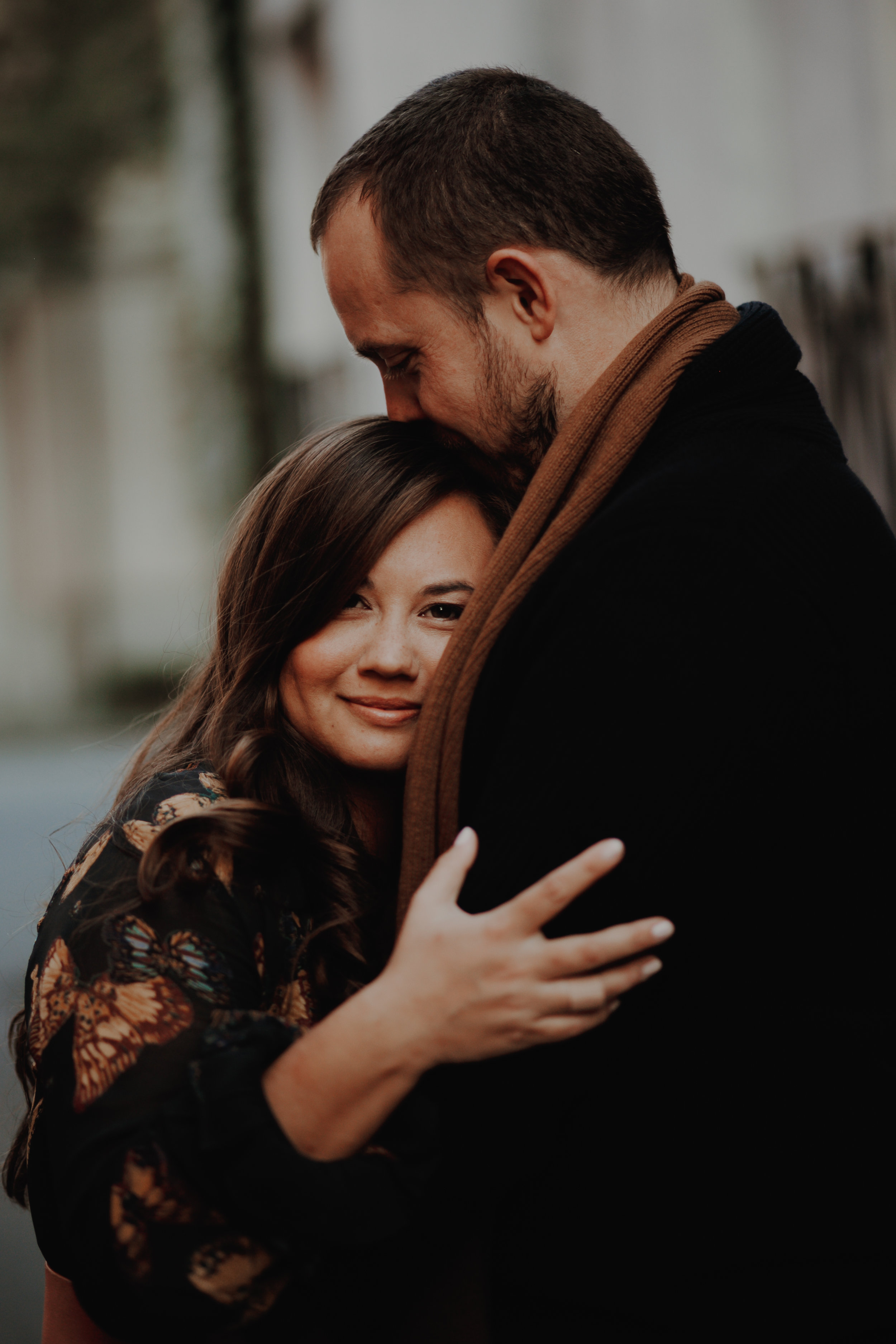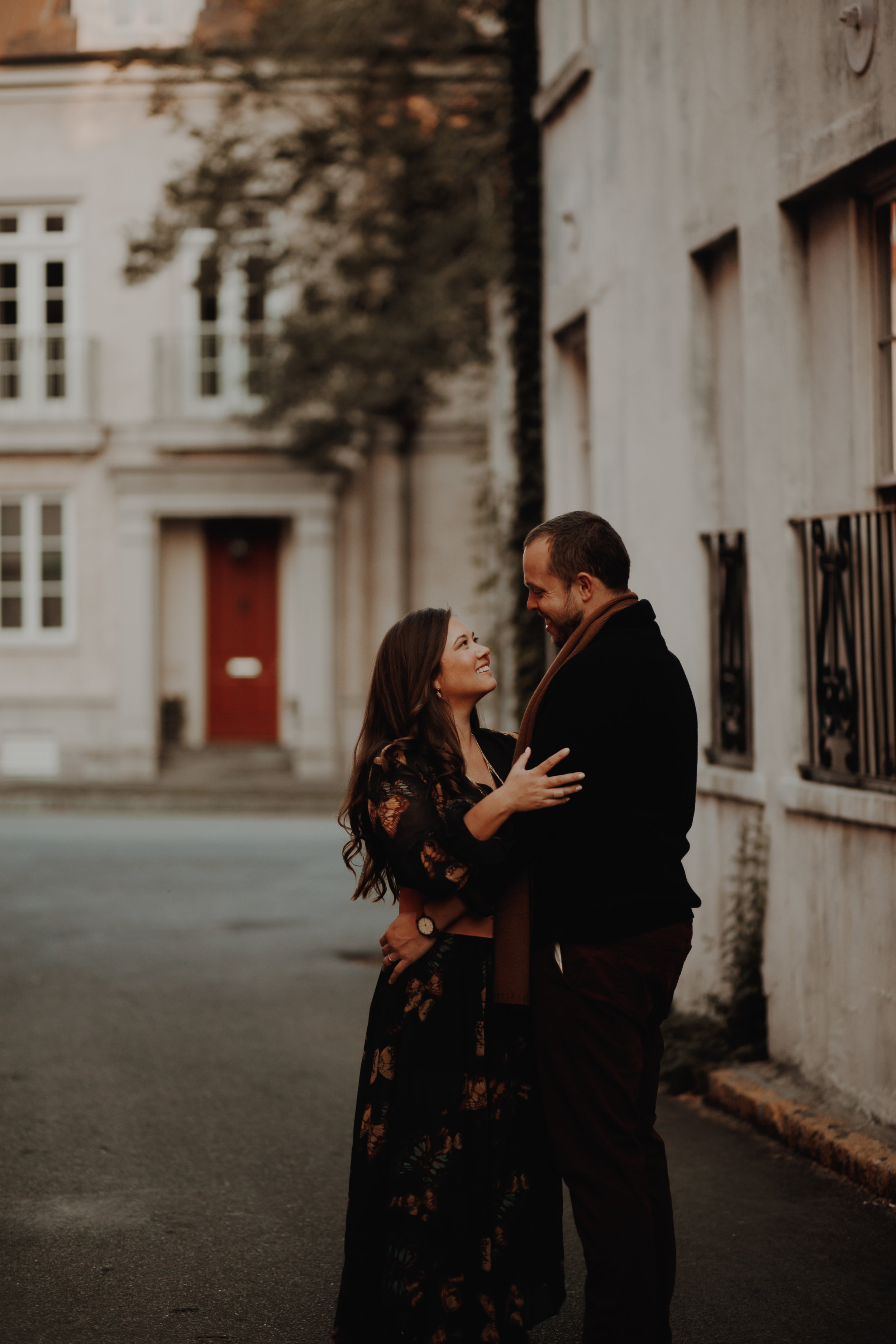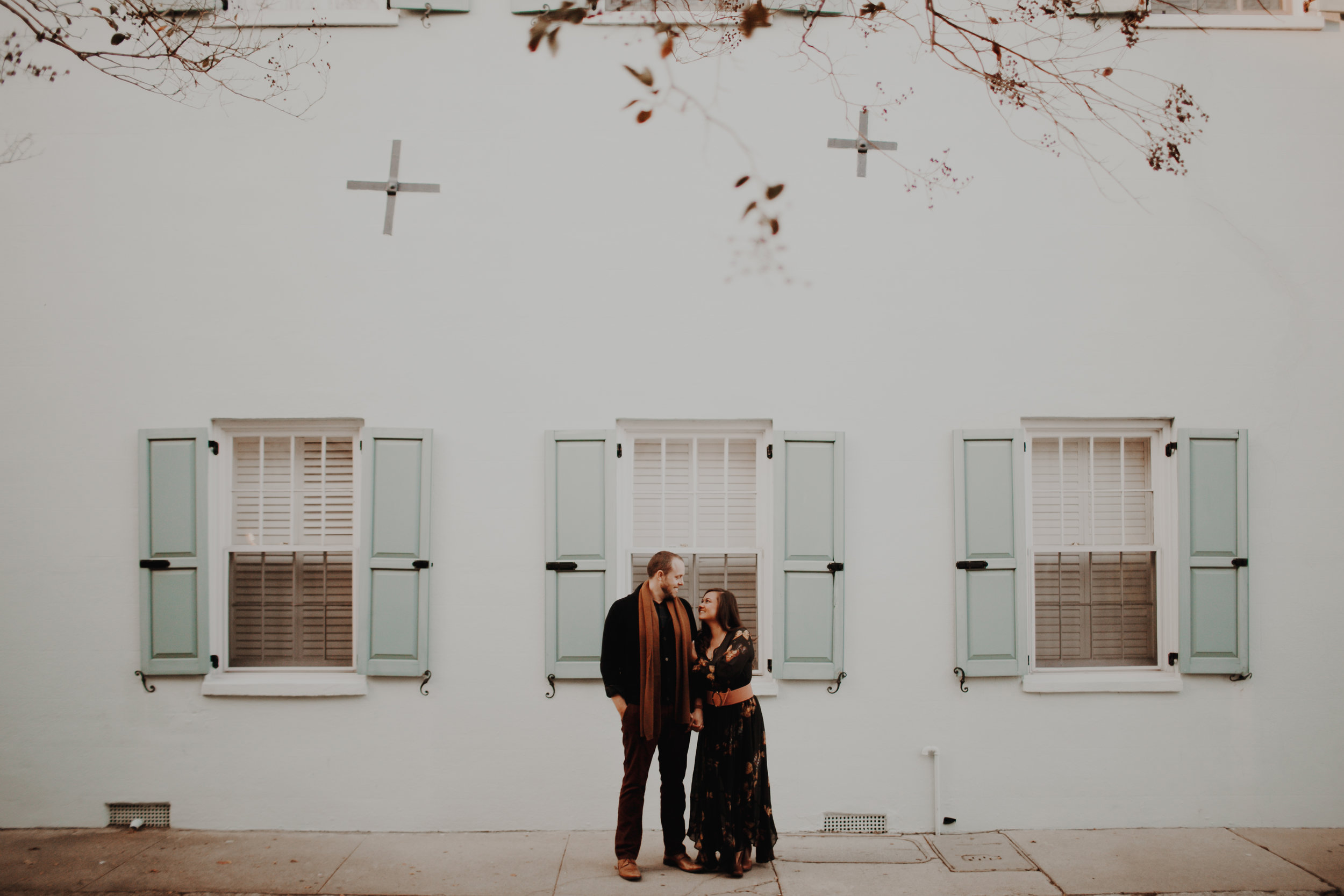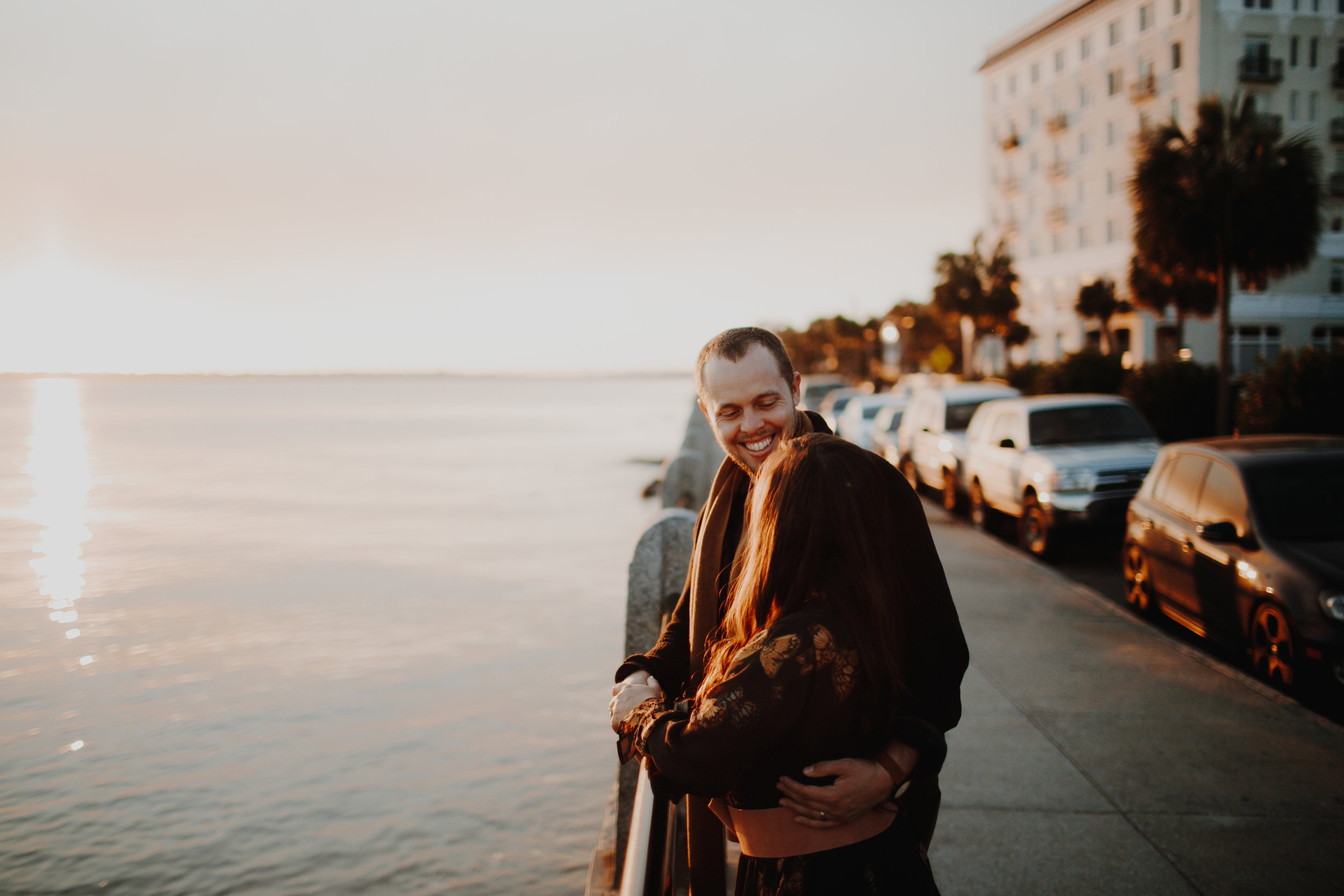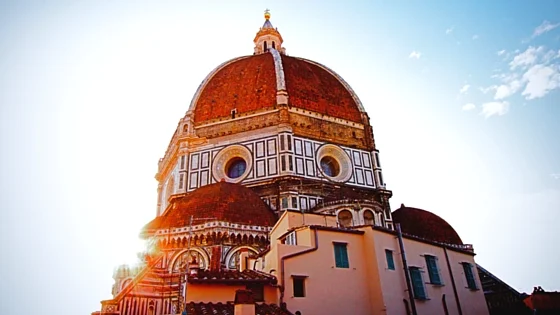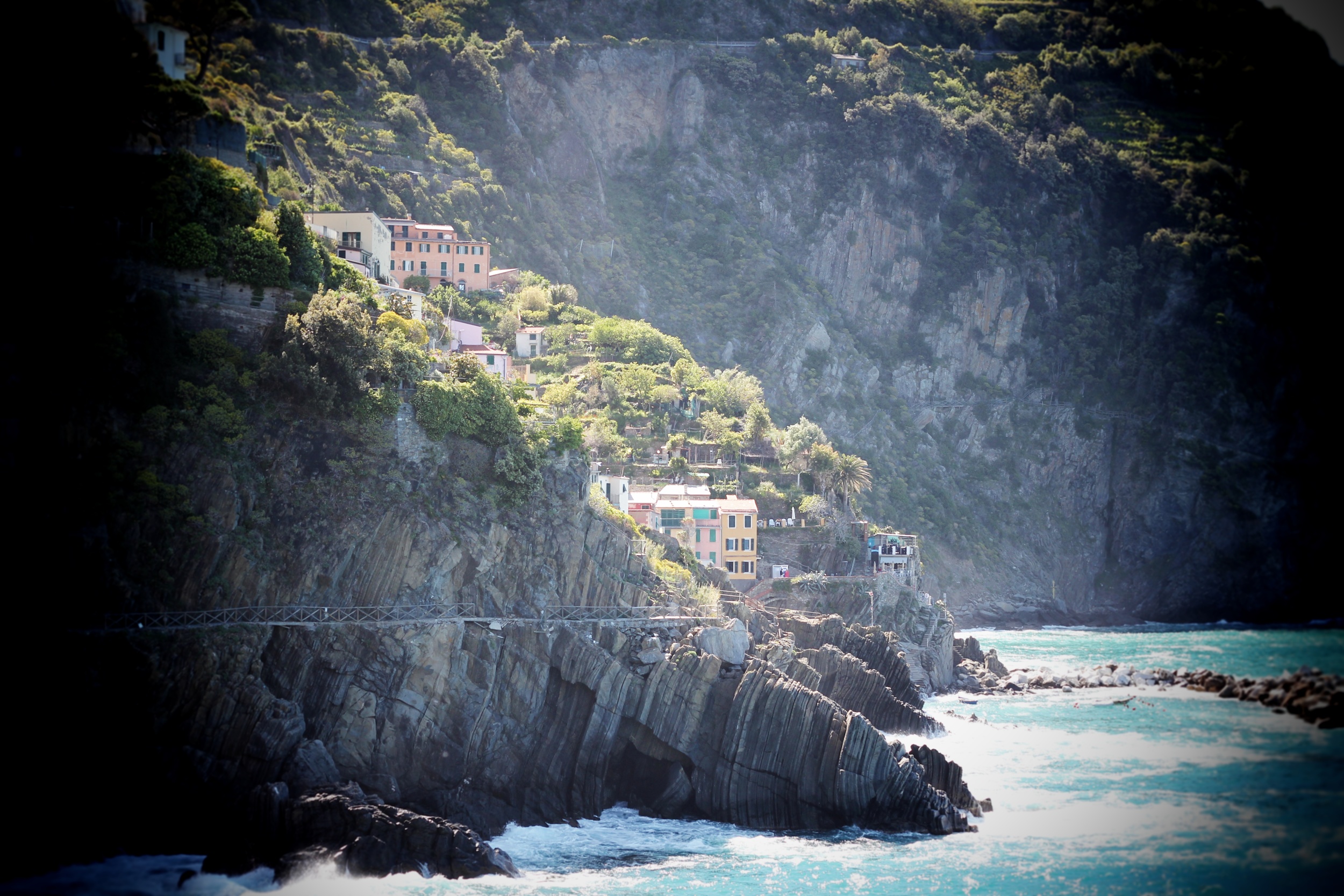


If you're trying to find the perfect gift for your travel addicted friends and family or just something special for yourself - I've finally found the gift that will keep on giving. No, I'm not talking about luggage tags or duffle bags, I'm talking about the gift of perfectly captured memories. In this post, I'm going to tell you why every traveler should book a destination photography session in their favorite new city and exactly how to go about doing it.
Fellow travel addicts - hear me out... When you take a turn down a hidden alleyway that looks like it's straight out of a catalog and all you want is that image with you and your travel companion captured in a frame, a selfie just isn't going to cut it. Think about it - you've spent all this money to get there, taken valuable time off of work, done all the grueling planning that goes into a vacation and all you're going to go home with to remember it by is a cheesy magnet and some blurry pictures from your cell phone? You might as well buy a t-shirt that says "I went to [input city] and all I got was this lousy selfie".
Well, even with a professional camera and a tripod in hand, I was fed up with the photo memories I was bringing home of my husband and I - so that's when I decided enough is enough! Before we left for our first trip to Charleston (a city known for being absolutely stunning), I researched and booked a mini session with local photographer, Ashley Posthuma, owner of Photography Anthology, and let me tell you - it was the best decision I made the whole trip. Strolling through Charleston with a professional photographer by our side was priceless (this is not code word for super crazy, Oprah's Favorite Things expensive - it's surprisingly very reasonable depending on the photographer) and not only did she capture our love, but the beauty of Charleston as we will forever remember it as.
Now this is the second time we've done this - the last time was 2012 in Paris. That first time was honestly a nightmare looking back on it - I really didn't know what I was doing and wasn't at all prepared. I'm so thankful for the gorgeous photos we have of us in Paris, but this time around I was much more organized and it felt so much easier since I knew what to expect, found the right photographer for us and knew how to better prepare. I'm here to share all of my insight and my love for destination photo sessions, because it really is my favorite gift (to myself) and if you plan on taking photos for your annual holiday card anyway, you might as well plan to take them it in a cool location rather than your local park or beach where everyone else has it done. Am I right?
What You Need To Know About Hiring a Destination Photographer
General Expectations:
Type of Photographer: This type of session falls under the umbrella of "Lifestyle Photography" so that's verbiage to look out for since travel photographers/destination photography is still a fairly new concept that's harder to find.
Length of Time: Mini Sessions can last anywhere from 30 minutes to 2 hours - the more time, the more expensive it is.
Time of Day: Most photographers prefer early morning or late afternoon, about an hour before sunset because the lighting is best and there are fewer people out and about.
Cost: This can fluctuate greatly - but generally mini sessions cost anywhere from $250 - 700+. If that sounds expensive for only a one hour session, remember that the hardest and longest work goes into the editing of photos after you're gone. As a novice photographer myself, I can spend hours on a single photo in order to achieve the right tone and feel, plus editing out all of the noise.
Finding the Right Photographer For You
The most important part about booking a destination photo shoot is hiring the right photographer. Notice I didn't say the best photographer - in my opinion, it's not about the best or most popular - it's about finding the one that fits your personality, your budget and your aesthetic. I spent weeks searching through photos and websites until I finally felt an emotional connection that represented the look I was picturing in my head. Surprisingly, finding a photographer isn't all that easy - so here's what I did...
1. I Googled "Charleston Photographer". Unfortunately, this wasn't the best option for what I was looking for. For the most part, search results were "big business" photographers with larger marketing budgets and storefronts, posing smiling families on the beach in jeans and white t-shirts. I wanted a more natural, lifestyle look opposed to a portrait session so I changed my tactic...
2. I Turned to Social Media. I searched Instagram for #CharlestonPhotographer and Pinterest for Charleston Weddings. While I wasn't looking for a wedding photographer per-say, wedding photographers are really just photographers and their wedding shots give me a sense for their style of photography. Once I found a photo I liked, I went to the photographer's website and searched through their gallery. Just because you find one photo you like, doesn't mean that you'll like their work or aesthetic as a whole, so the further research you do the better. I would definitely check out a photographer's Engagement Session gallery as those photos will best represent a destination session feel.
When I found Photography Anthology, the website sucked me in and I found myself going through every wedding she had done over the last three years! That's the emotional connection I'm talking about - I felt her photos represented our style and I desperately wanted to be on the other end of her lens.
3. Contact the Photographer. The more information you can provide and the sooner you contact them the better. Here's what I would include in the email:
- Your Intent - ex. I will be traveling to Charleston for the first time and would love to book a couples/family/friend mini session.
- Your Availability - The more open you can be with your availability, the better. Also, weekdays are usually slower for photographers since most weddings are on weekends, so if you can make a Monday through Thursday work, you'll have better luck booking your favorite photographer. ex. I will be in the city November 1st through the 7th and can be available any day from 12-8pm.
- Your Budget - Sometimes you can find the photographer's pricing on their website, but if not, you can ask for a quote and/or provide your budget. ex. I have a budget of $250-300, can you please let me know if this is possible?
- Your Vision - What are the photos for and what are you picturing in your head? Are you wanting a romantic session strolling through downtown? A posed portrait in the park? An all natural look in the woods? Is this going to be used for holiday cards or a mantel piece? The more specific you can be with your photographer, the more likely you will get the look that you are hoping for.
Advice As You Prepare for Your Photo Session from Charleston Photographer, Ashley Posthuma
Before our session, I sat down with our photographer and asked her for all the important details that potential clients should know when it comes to preparing for a destination photography session. I've also included my own notes and tips so you have the perspective of the client as well.
{Aimee} One of the things I was most stressed about was our outfits. What advice would you give to clients as they plan for what to wear?
{Ashley} Pick out 2 outfits, a more casual outfit and one that's more put together/styled. Wear clothes that represent you and your personality, that you feel comfortable wearing and that flatter your figure - if you are uncomfortable you will see it in your photos. Think about colors that blend in and compliment your setting - you probably don't want to be walking through downtown in a ball gown.
{Aimee} Is there anything you would recommend staying away from, that doesn't show up well on camera?
{Ashley} Yes, stay away from really thin pinstripes! For some reason it totally distorts the look in photos. Also avoid being too matchy, matchy - think more complimenting colors or tones rather than all the same. If you decide to wear a flowy dress, since those are super in right now, be sure to wear a belt and cinch your waist because otherwise it can make you look wider than you actually are.
{Aimee} What other advice would you suggest clients think about regarding their attire?
{Ashley} If you can, women should consider getting their hair and makeup professionally done, especially makeup. Everyday makeup doesn't always show up as well in photos, so "stage" makeup is best for a flawless look. If you aren't sure who to hire, you can always ask your photographer who will usually know locals in the area who they work with on weddings and other shoots. Also - think about the shoes you are going to wear and talk to your photographer about how much walking you'll be doing during your session. You may want to carry around an extra pair of comfortable shoes that you can quickly slip on and off between shots.
{Aimee} I would also recommend that outfits are planned prior to traveling instead of relying on finding the clothes you are going to wear when you get there. I did that once when we were traveling to Paris and had this dream of finding my perfect outfit there - it ended up being so stressful and I was running all over the city searching for shoes for my husband instead of nibbling on croissants along the river. At least be sure to have a good backup outfit in case you can't find exactly what you are looking for.
{Aimee} I don't really like having my photo taken and I get super nervous before a photo shoot, what advice would you give a client to ease any anxiety they may have about it?
{Ashley} There's definitely no reason to be nervous - it should be fun and easy and the more relaxed you are the better your photos will be. Remember, it's really just time you are hanging out with your friend or loved one and your photographer is there to capture those moments.
{Aimee} What other important tips would you tell clients coming from out of town?
{Ashley}
- Be sure to share your vision with your photographer. If there are certain aspects of the city that you want to highlight, let them know so they can make a plan that includes it during your session. For example, if Spanish Moss is what you think of when you think of Charleston, there are only some spots in the city to find it so it's important to know that ahead of time so it's along the path during the session.
- It's extremely important to be on time. Photographers base the meeting time on a small window, when lighting is best, which impacts the tone and quality of the session so if you're late you really can't make up that time. It's much better to be early - so give yourself plenty of time to get ready and to get to the meeting location.
- Make a date of it - you're already all dressed up and sessions will normally end right around dinner time so you should make reservations and enjoy the whole night out.
{Aimee} Finally, why do you think travelers should consider booking a destination photography session?
{Ashley} Two main reasons: 1) You can go home with more than just selfies and 2) photographers will capture the city as you see it. Often times, when you look down a side street or gaze out at the sun setting over the horizon, you don't notice all of the distractions - the cars driving by, telephone lines, street signs, people walking by - but your camera does. A photographer can edit your shots to remove all of the noise from a photograph so you see it captured just as you remember it.
Ashley was the best photographer I could have booked in Charleston and she exceeded every expectation I could have imagined. Photography Anthology truly brought to life our love for the city and each other and we will have these memories to cherish for a lifetime. Look for more of her amazing work and more on the city in my upcoming Travel Guide to Charleston. Cheers!








